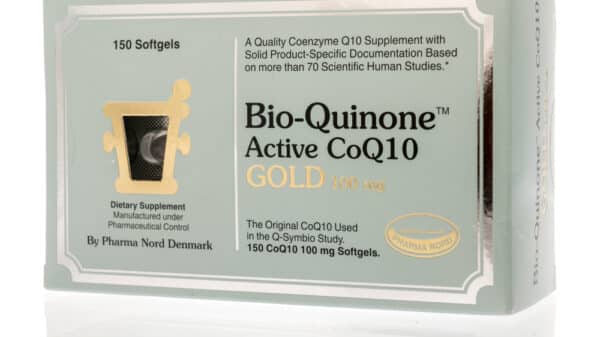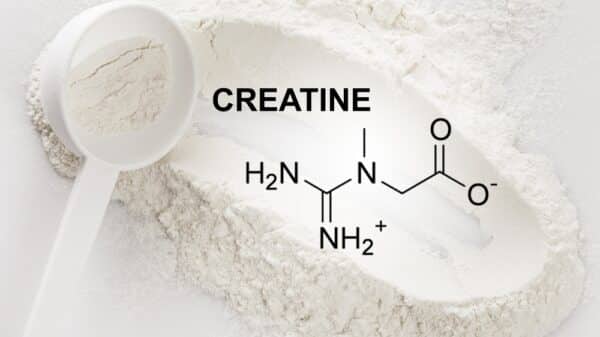Achieving fitness goals isn’t just about hard work in the gym. Every aspect matters—your chosen exercises, recovery days, and crucially, your post-workout nutrition.
When muscle recovery is overlooked, you might encounter persistent soreness, fatigue, and decreased performance. Prioritizing this recovery is key to maximizing your results.
Let’s explore how often to rest, what your post-workout meal should look like, and actionable strategies to enhance muscle recovery.
The Role of Muscle Recovery
Exercise acts as a stressor for your body, prompting adaptation and strengthening when approached correctly. But too much strain without proper recovery leads to complications like:
– Constant soreness and pain
– Elevated injury risks, including muscle tears
– Dehydration
– Chronic fatigue, leading to more sleep needs
– Decreased athletic performance
– Low energy and mood fluctuations
To experience the benefits of your training, recovery must be part of the equation, tailored to you and your workout regimen.
Key Practices for Effective Muscle Recovery
Keeping your body nourished and hydrated is crucial for recovery. Nutrition plays an integral role in muscle repair.
Here are essential practices to optimize your recovery:
1. Focus on Protein and Carbohydrates
If you’re active, ensure your diet includes enough protein. Protein is essential for repairing and building muscle. Aim for a daily protein intake that aligns with your body weight in grams if muscle gain is your goal; for maintenance, half your body weight in grams can be effective.
Research indicates that proteins, amino acids, and carbohydrates work best together post-workout. Foods like chicken, fish, yogurt, and grass-fed beef can bolster your recovery meals.
2. Consider Muscle Recovery Supplements
Certain supplements can enhance recovery and strength-building. Ingredients like whey protein, collagen, BCAAs, and nutrient-rich bone broth provide vital amino acids for muscle repair. A smoothie enriched with these elements immediately after exercise can transform your recovery experience.
Studies suggest that creatine enhances muscle recovery and improves strength training outcomes. Glutamine also aids recovery post-intense sessions by improving muscle hydration. Omega-3s, found in foods like fatty fish, are linked to better performance and reduced recovery time.
3. Emphasize Anti-inflammatory Foods and Hydration
Your food choices can greatly influence inflammation and recovery times. Omega-3-rich foods, such as wild-caught salmon, nuts, and seeds, support recovery. If fish isn’t your preference, alternatives like chia seeds and walnuts provide similar benefits.
Hydration is vital—proper fluid intake aids overall health, supports injury healing, and can even boost your mood. Including water, herbal teas, or hydrating fruits in your regimen is a smart move.
Muscle recovery isn’t merely an afterthought; it’s a core component of your fitness journey. Combining exercise with appropriate nutrition, supplements, and rest enables you to feel rejuvenated and reduce injury risks.
When addressing recovery, especially if dealing with inflammation, more than a simple day off is required. You need to equip your body to heal and gain strength.
Incorporate a variety of colorful fruits and vegetables into your meals. These nutrient powerhouses are packed with antioxidants and vitamins, essential for combating inflammation and soreness.
Hydration remains paramount. Beyond water, consider coconut water, fresh juices, herbal teas, and bone broth. Cherry juice is particularly beneficial for muscle recovery, so don’t hesitate to indulge in a cherry smoothie after your workouts.
Training Wisely
Focus on compound movements that engage larger muscle groups. If your workouts primarily include isolation exercises, you may miss out on significant gains. By targeting your legs, back, chest, and shoulders through exercises like squats and overhead presses, you can enhance workout intensity and stimulate beneficial hormones for recovery.
Post-workout stretching should also have a place in your routine. Taking just 10 minutes can aid in transitioning your muscles into recovery mode, prepping them for future challenges.
Consider “active recovery” on lighter training days. Activities like walking, gentle yoga, or easy cycling boost circulation, helping to alleviate muscle soreness.
Cold immersion techniques, such as ice baths or cold showers, may help reduce delayed onset muscle soreness (DOMS) after workouts. These techniques, particularly when combined with active recovery, can have additional benefits.
Massage therapy or foam rolling can also support muscle recovery by alleviating soreness and stress. Target gentle techniques that promote relaxation rather than causing discomfort.
By valuing both your training and recovery, you’ll not only enhance fitness but also develop a deeper connection with your body’s needs. Strive for that balance as you lace up for your next workout, ensuring recovery is a priority for your overall fitness journey.Pushing your limits in the gym can be exhilarating, but it’s crucial to recognize a vital aspect of your fitness journey: muscle recovery. After an intense workout, your body undergoes a remarkable healing process, often overshadowed by the allure of quick fixes like painkillers. Instead of relying on medications, aim to embrace natural recovery strategies that strengthen your body.
Taking time off is essential for your muscles to adapt and grow. Consider setting aside at least one full day each week for recovery; two days might be necessary if you regularly challenge yourself. Remember, muscles grow stronger not during exercise, but while they repair.
Nutrition plays a pivotal role in this recovery process. Avoid junk food and limit alcohol to decrease inflammation. By cutting back on sugar and processed foods, you optimize your body’s ability to heal, fueling future workouts and maintaining your fitness goals.
Sleep is another cornerstone of recovery. Aim for seven to nine hours of quality rest each night. This is when your body performs its most effective repairs. Without sufficient sleep, your performance may falter.
Recovery requires a comprehensive approach. Focus on your nutrition, hydration, exercise choices, and lifestyle to accelerate muscle recovery. Your body deserves this care, so prioritize recovery as you lay out your workout plans.
The Recovery Process
When you push hard during workouts, your muscles endure micro-tears, which may sound alarming, but it’s a normal part of growth. Your body instinctively kicks into repair mode, mending these fibers and forming connective tissue.
Protein is a key player here. It’s essential for rebuilding damaged areas. Combine it with carbohydrates, and you bolster your recovery further. As blood circulation increases, nutrients swiftly deliver healing properties to where they’re needed most.
After the initial repair phase, your lymphatic system helps clear out waste products like lactic acid. This process can vary in duration based on workout intensity and how well your body responds to recovery.
How Long to Rest Between Workouts
If you’re hitting the weight room hard, patience is paramount. Generally, it’s wise to allow for one to three days of rest for adequate muscle recovery. Research indicates that a full recovery typically requires about 72 hours post-strength training.
Most fitness enthusiasts find a rest period of around 48 hours effective. For those cycling between moderate to intense sessions, two to four workouts per week work well. Remember, younger athletes may cope with more frequent sessions, while older individuals should aim for fewer workouts.
If your routine includes less intense exercises, listen to your body. You might manage to work out nearly every day—just ensure you carve out at least one day dedicated to recovery.
Recognizing the Signs of Overtraining
With a passion for fitness, it can be easy to overtrain. However, this can lead to injuries. Stay alert to signs that indicate you may need additional rest:
– Ongoing fatigue or noticeable drops in performance
– Fluctuations in your resting heart rate or blood pressure
– Changes in appetite, such as cravings for unhealthy foods or reduced intake
– Unexplained weight changes
– Trouble sleeping through the night
– Increased irritability or anxiety
– Ongoing muscle soreness or discomfort
To prevent injuries, consider scaling back your workout intensity or even taking a break for a week or two. Gentle activities like walking or stretching can serve as effective forms of active recovery.
With the right focus on recovery and a balanced approach to your fitness routine, you can facilitate stronger and healthier muscles, ready to tackle each new challenge. Prioritize your body’s healing process as an integral part of your fitness journey, and it will serve you well.
































